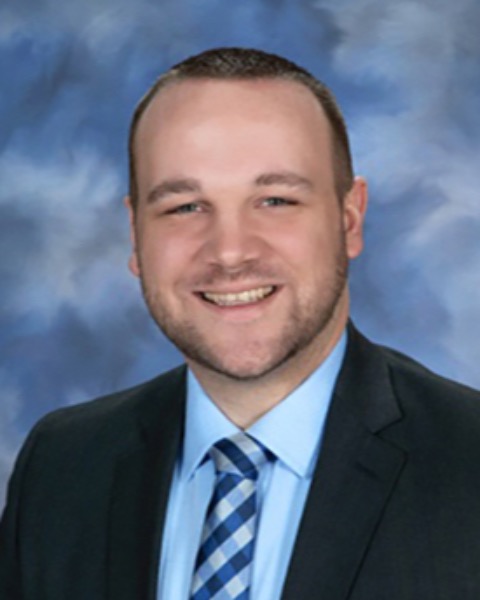Health Equity/Social Determinants of Health
Session: Health Equity/Social Determinants of Health 10
344 - Caregiver Preferences Related to Language-Concordant Physicians and Interpretation Services in the Pediatric Emergency Department
Sunday, May 5, 2024
3:30 PM - 6:00 PM ET
Poster Number: 344
Publication Number: 344.1825
Publication Number: 344.1825

Zachary Foughty, MD, MBA, MPA
Fellow
Baylor College of Medicine
Houston, Texas, United States
Presenting Author(s)
Background: Language-concordant care improves health outcomes; if unavailable, professional interpretation is paramount. While some interpretation modalities are often readily available (video/phone interpreters), others are limited (language-concordant physicians, in-person interpreters). Few studies have analyzed the communication preferences of caregivers with a primary language other than English (PLOE) when seeking care in a pediatric emergency department (PED).
Objective: To determine caregivers’ preferred interpretation modality and willingness to wait for their preference.
Design/Methods: We conducted a survey of caregivers who indicated Spanish was their primary language and met US Census Bureau definition of limited English proficiency (LEP) in a large, urban PED. We excluded caregivers of critically-ill children or wards of the state. Caregivers were surveyed regarding their interpretation preferences. Factors associated with their preferences were determined a priori and analyzed using a linear regression model. Variables were analyzed for collinearity.
Results: Of 159 caregivers (Table 1), 149 (94%) chose language-concordant physician as their preferred modality; 129 (81%) chose in-person interpretation as their second choice (Table 2). 101 (64%) indicated that they would be willing to wait for their preferred interpretation modality; they were willing to wait a median (IQR) of 20 (10-27) minutes. Factors associated with a longer time willing to wait were the following: (1) caregiver perceived their child to be more severely ill; (2) caregiver perceived a long wait time; and (3) triage nurse perceived the child to be less severely ill (Table 3).
Conclusion(s): When given the option, caregivers with PLOE prefer language-concordant care; when unavailable, in-person interpreters are preferred over other modalities. PEDs should invest in these modalities to meet the desires of caregivers with PLOE. While video and phone interpreters may be readily available, many caregivers are willing to wait for language-concordant physicians or in-person interpreters. Coupled with previous studies showing that language-concordant care and interpretation use is associated with improved healthcare outcomes, this suggests that PEDs should allow caregivers to have a role in deciding the communication modality used during a healthcare encounter. Our findings that caregivers are willing to wait longer if they perceived the child to be more severely ill and if they felt their wait time was already long are contrary to our initial hypothesis and will be explored more in future qualitative studies.
.png)
.png)
.png)
